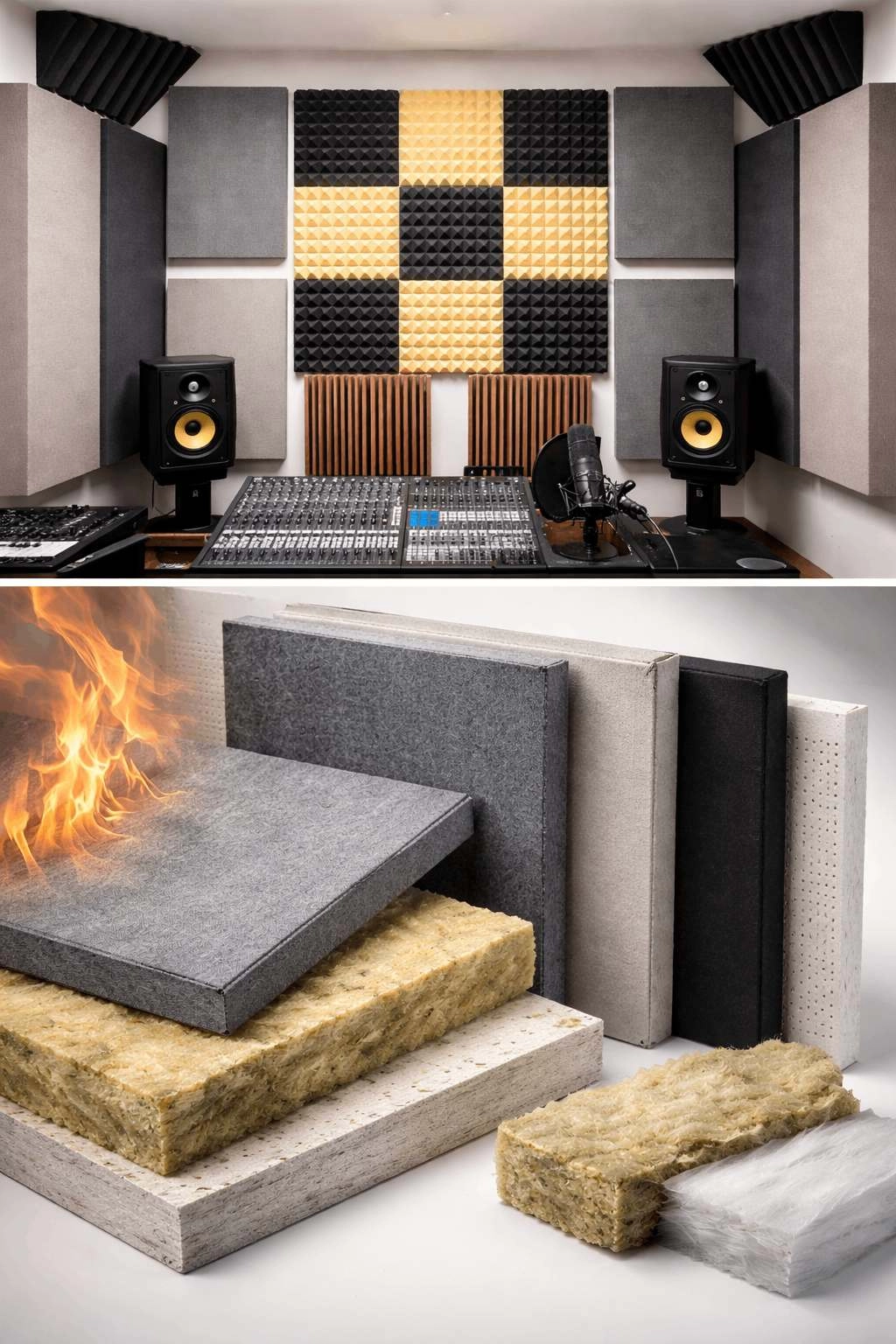Mechanical seals play a crucial role in preventing fluid leakage in various industries, including manufacturing, oil and gas, and chemical processing. However, even the most robust seals can develop leaks over time, leading to costly downtime and potential safety hazards. In this comprehensive guide, we will explore effective strategies to stop mechanical seals from leaking, ensuring optimal performance and longevity.
- Proper Seal Selection:
The first step in preventing seal leakage is selecting the right seal for the application. Consider factors such as fluid type, pressure, temperature, and shaft speed. Different seals, such as single or double mechanical seals, cartridge seals, or component seals, may be more suitable for specific operating conditions. Consulting with seal manufacturers or industry experts can help ensure the correct seal is chosen. - Adequate Seal Installation:
Proper installation is critical to prevent leaks. Follow the manufacturer's guidelines and use appropriate tools and techniques. Ensure that the seal faces are clean, free from debris, and properly lubricated. Pay attention to the correct alignment and tightening of components. Additionally, consider using installation aids like alignment tools or seal support systems to enhance the sealing performance. - Optimize Seal Face Materials:
The choice of seal face materials significantly impacts the seal's ability to resist leakage. Depending on the application, consider using materials such as carbon, ceramic, tungsten carbide, or silicon carbide. Each material has unique properties, including wear resistance, chemical compatibility, and thermal conductivity. Understanding the fluid characteristics and operating conditions will help determine the most suitable face material combination for optimal sealing performance. - Implement Effective Seal Flush Plans:
In certain applications, implementing a seal flush plan can help prevent leakage. A seal flush involves introducing a clean fluid, such as water or a compatible liquid, to the seal faces. This flush fluid acts as a barrier, preventing process fluid from entering the seal faces and reducing the risk of leakage. The flush plan should be designed based on the specific process requirements and may involve different flow rates, pressures, and filtration systems. - Regular Maintenance and Monitoring:
To ensure long-term sealing integrity, regular maintenance and monitoring are essential. Establish a preventive maintenance schedule that includes inspections, cleaning, and lubrication of the seals. Monitor seal performance through temperature, pressure, and vibration measurements. Implementing condition monitoring techniques, such as seal face wear analysis or thermography, can help detect early signs of potential leakage and allow for timely intervention.
Conclusion:
Preventing mechanical seal leakage requires a combination of careful selection, proper installation, material optimization, effective flush plans, and regular maintenance. By following these strategies, industries can minimize downtime, reduce maintenance costs, and enhance overall operational efficiency. Remember, each application may have unique requirements, so it is crucial to consult with experts and adapt these techniques accordingly. With a proactive approach, mechanical seal leaks can be effectively mitigated, ensuring smooth operations and peace of mind.



